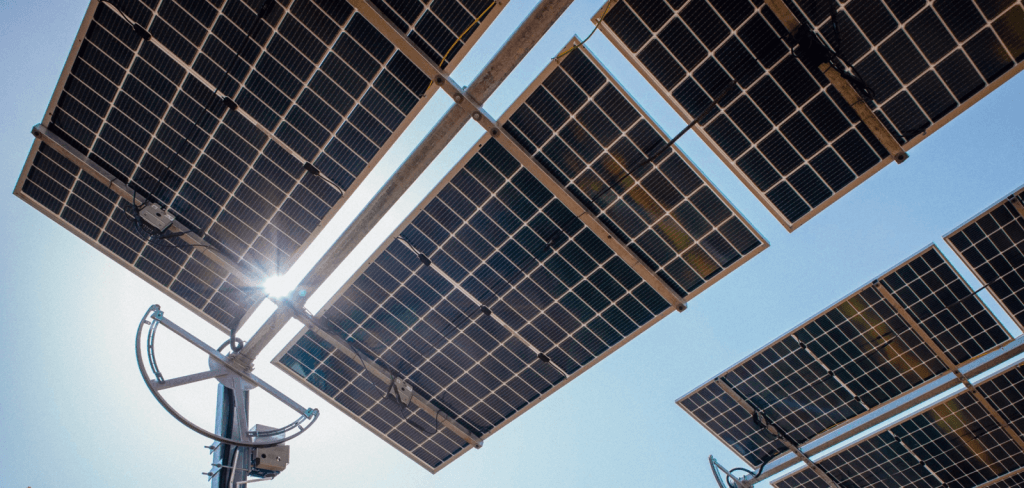Home › Solutions › Solar PV Monitoring & Management Software › What is Solar Monitoring?
Contents
What is Solar Monitoring?
Solar Monitoring is the process of tracking and analysing the performance of a solar energy system. This is done through the use of solar advanced technology and monitoring software. Delivery of production, health and usage insights provides context for maximising panel efficiency and maintaining Solar PV systems.

How can Solar Monitoring Increase PV Efficiency?
Provide Data for Optimisation & Identifying Issues:
Solar monitoring helps your business optimise your PV system’s performance. Detect potential issues early—such as component failures, reduced output, or shading.
Fine-tune your system to improve energy production. This reduces your reliance on the grid and lowers electricity costs.
Remote Monitoring:
Access data and insights in near real-time from any location using web-based software. Charts and graphs display the data clearly. This makes it easy for stakeholders across your business to analyse and report on solar asset performance.
Tracking Energy Production & Consumption:
Solar monitoring lets you track how much energy your business uses versus how much your solar system generates. These insights reveal usage patterns and highlight areas where you can reduce costs.
Integrate Other Energy Equipment:
Solar monitoring gathers data from PV systems, energy storage, weather sensors, generators, and other energy equipment. This contextualises production, consumption, storage, and other energy activities. The system transmits data via wired, Wi-Fi, or cellular networks, giving you a complete view of your entire energy estate.
Historical Performance Analysis:
You can store and access historical performance data to compare trends, verify performance, and track ROI. These long-term insights support forecasting and help you budget more effectively for future energy needs.
Compliance & Reporting:
If your business must provide data for energy compliance or ESG reporting, solar monitoring gives you verifiable data for audits and documentation. You can export reports to show your commitment to sustainability and operational transparency.
Fault Diagnosis & Maintenance Scheduling:
Monitoring pinpoints specific faults quickly, which cuts down diagnostic time. You can schedule predictive maintenance and resolve issues before they affect production—reducing both downtime and maintenance costs.
